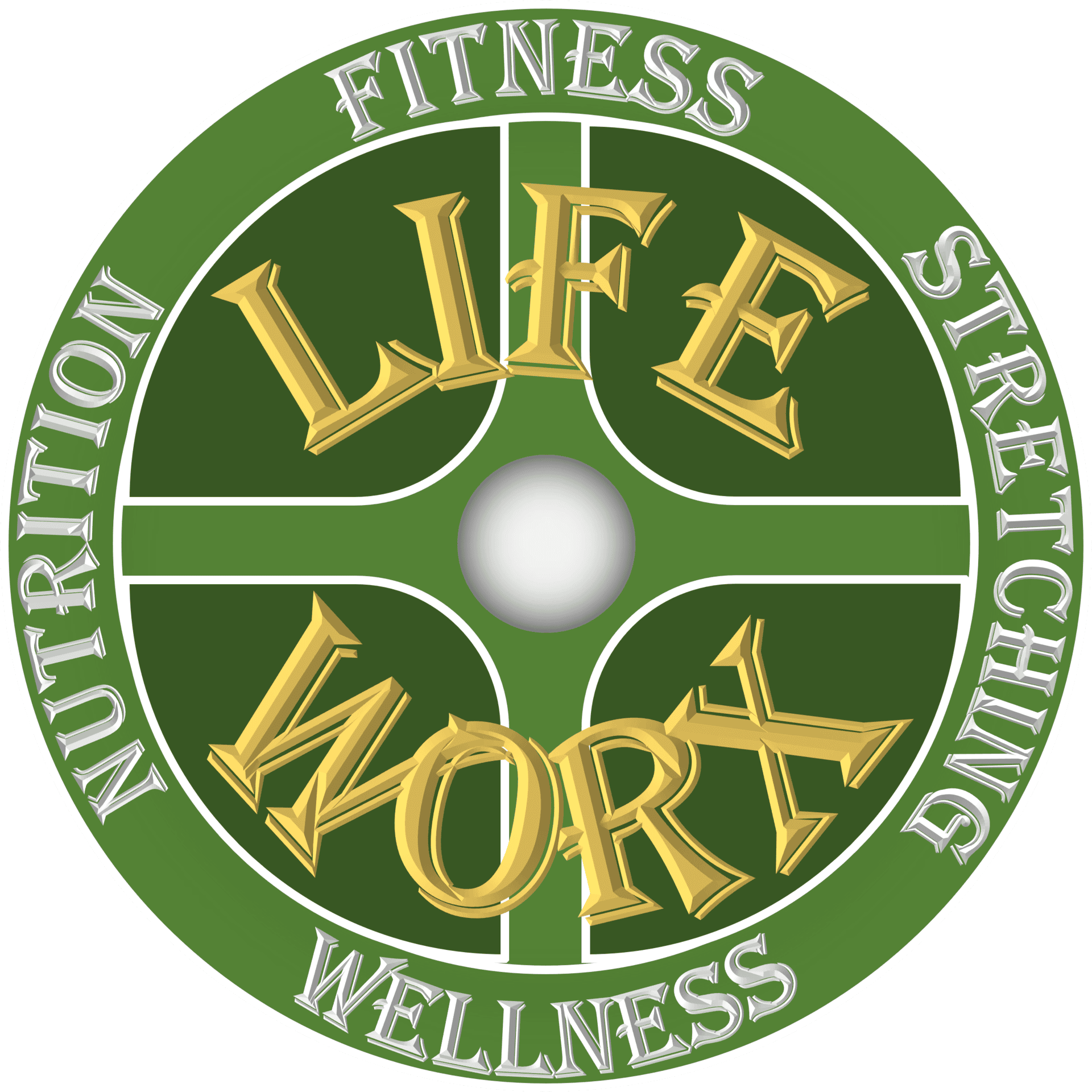Many people believe that having an active job means they can skip the gym, but this is not entirely accurate. In this article, we’ll explore why your active job is not a sufficient substitute for structured exercise. We’ll dissect the limitations of physical activities performed during most active jobs and contrast these with the structured, comprehensive workouts designed by fitness professionals.
Understanding the Limits of Active Jobs
Active jobs often involve a lot of moving around; perhaps you’re walking, standing, or doing light lifting throughout the day. These activities contribute to some degree of physical fitness, but they often lack the intensity and diversity required for comprehensive health benefits. For instance, while you may walk a lot at work, this activity generally does not elevate your heart rate enough to improve cardiovascular health significantly.
- Active jobs typically involve low-intensity, repetitive tasks.
- There is little to no variation in the type of physical activity, leading to muscle imbalances.
- The lack of high-intensity activity means minimal impact on cardiovascular fitness and strength.
Essential Elements of Structured Exercise
Structured exercise is defined by its organized nature and intentional balance of various physical activities designed to enhance different aspects of fitness. A typical structured exercise regimen includes strength training, cardiovascular work, and flexibility exercises—each targeting specific fitness goals that are often neglected in active job scenarios.
- Strength training helps in building muscle and increasing metabolic rate.
- Cardiovascular exercises improve heart health and increase stamina.
- Flexibility workouts prevent injuries and improve overall body movements.
Role of a Personal Trainer in Structured Exercise
Personal trainers play a crucial role in bridging the fitness gaps left by active jobs. They assess individual health needs and craft customized exercise plans that provide the structured variety needed to achieve holistic fitness. For example, a warehouse worker who lifts boxes might benefit from a routine that strengthens the lower back and abdominal muscles, which are crucial for preventing injuries.
- Personal trainers create tailored fitness programs to meet individual needs.
- They ensure that exercise routines cover all aspects of fitness, including those neglected in active jobs.
- Trainers can motivate and guide individuals to safely push their physical limits.
Comparing Health Benefits
When we compare the health benefits of structured exercise to those obtained from active jobs, the differences are stark. Structured exercises are designed to push the body through a range of motions and intensities that active jobs simply cannot match, leading to more profound health benefits across the board.
- Structured exercise routines are varied and comprehensive.
- They target all major muscle groups and boost overall health.
- These routines help in achieving specific health outcomes like reduced heart disease risk and improved mental health.
Physical Fitness Gaps in Active Jobs
Despite the physical nature of active jobs, there are significant gaps in the fitness they provide. Most notably, these jobs often fail to sufficiently challenge cardiovascular systems or improve muscle strength in a balanced way. Additionally, the repetitive nature of many active tasks can lead to overuse injuries.
- Active jobs often lead to certain muscle groups being overused while others are neglected.
- There is typically no provision for improving flexibility or balance.
- Repetitive stress injuries are a common issue due to lack of varied physical movement.
Integrating Structured Exercise into a Busy Schedule
It can be challenging to find time for gym visits when you’re working a full-time active job, but integrating structured exercise into your schedule is crucial for comprehensive fitness. Even short, high-intensity interval training (HIIT) sessions a few times a week can significantly enhance what you achieve through your job alone.
- Early morning, lunch breaks, or post-work sessions are ideal times to fit in workouts.
- HIIT can be particularly effective for those short on time.
- Consistency is key; even 30 minutes can be beneficial if done regularly.
Key Takeaways for Active Workers Seeking Better Fitness
- Active jobs provide a base level of physical activity, but they are not a comprehensive fitness solution.
- Structured exercise, guided by a professional trainer, fills the fitness gaps left by active jobs.
- Combining work activity with structured exercise leads to optimal health benefits.
Frequently Asked Questions
- Can walking at my job help me lose weight?
- Walking can contribute to weight loss, but without increased intensity and variety, it might not be sufficient for significant weight loss.
- What type of structured exercise should someone with an active job focus on?
- Focus on exercises that build strength and flexibility, areas often neglected in active jobs.
- How often should I exercise if I have an active job?
- Aim for at least 150 minutes of moderate to vigorous exercise per week, as recommended by health authorities.
- Can a personal trainer help if I already have a physically demanding job?
- Yes, personal trainers can create customized exercise plans that enhance your job’s physical activities and address any fitness deficiencies.
- Is it possible to over-exercise with a combination of an active job and structured workouts?
- Yes, balancing your activity levels and ensuring adequate rest is crucial to prevent overtraining and injuries.
This article provides a comprehensive look at why active jobs do not suffice for overall fitness and how structured exercise, under the guidance of a personal trainer, can help achieve a balanced and healthy lifestyle.

